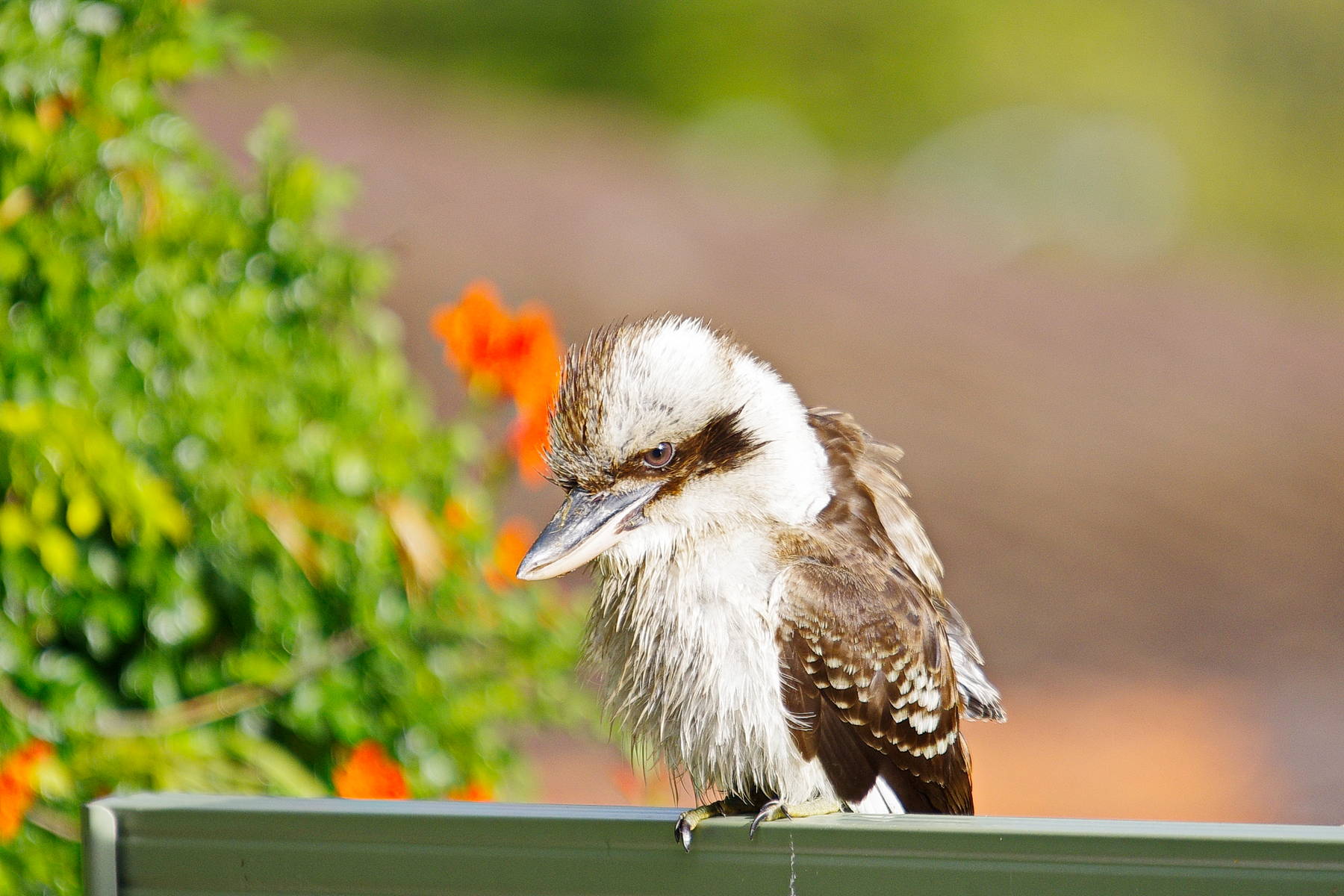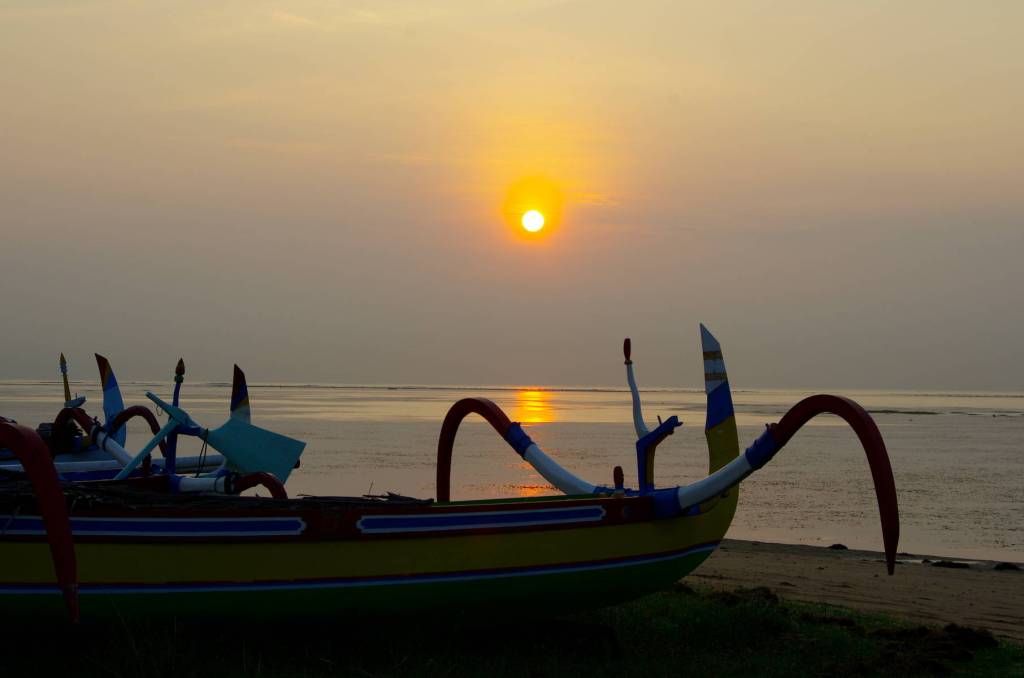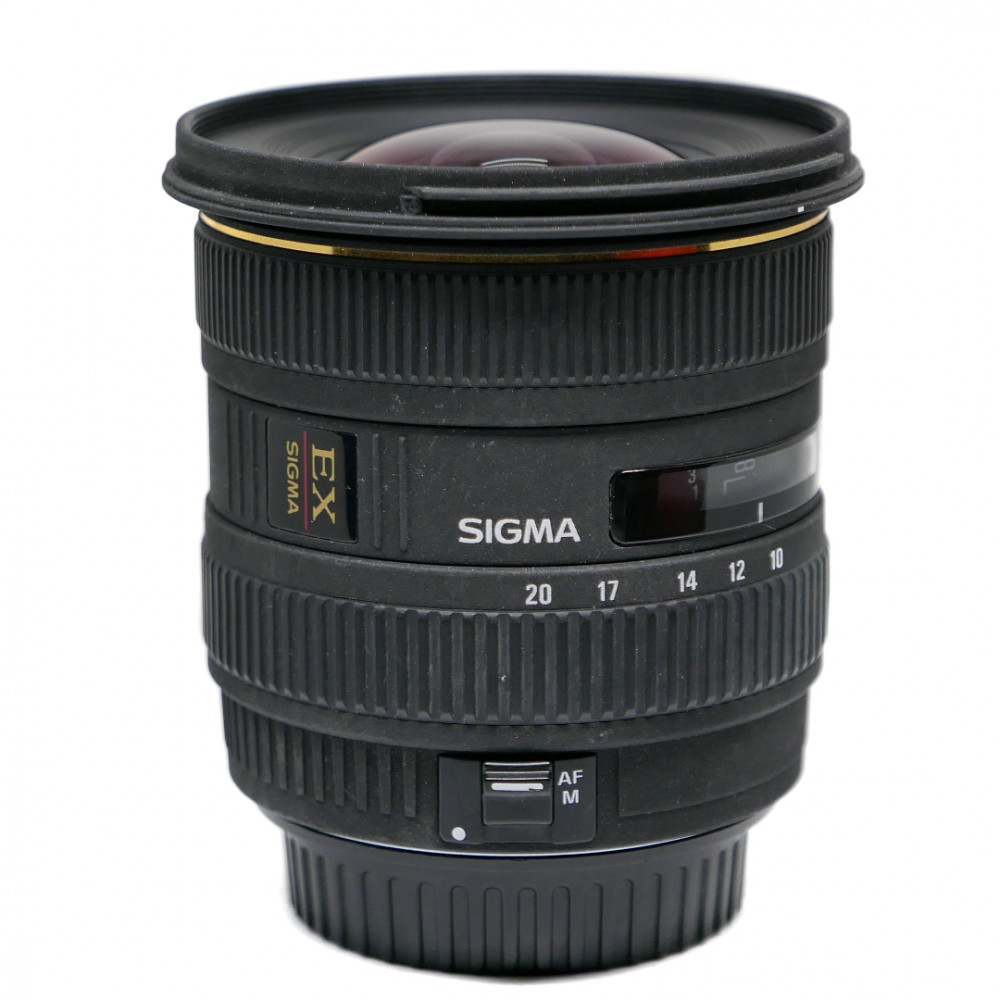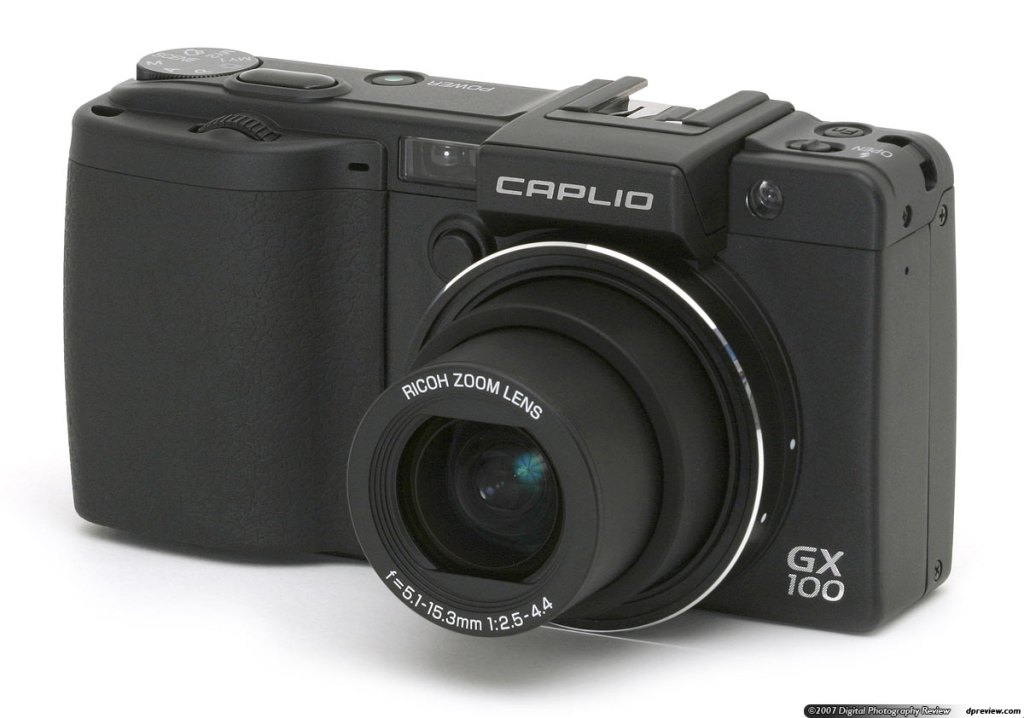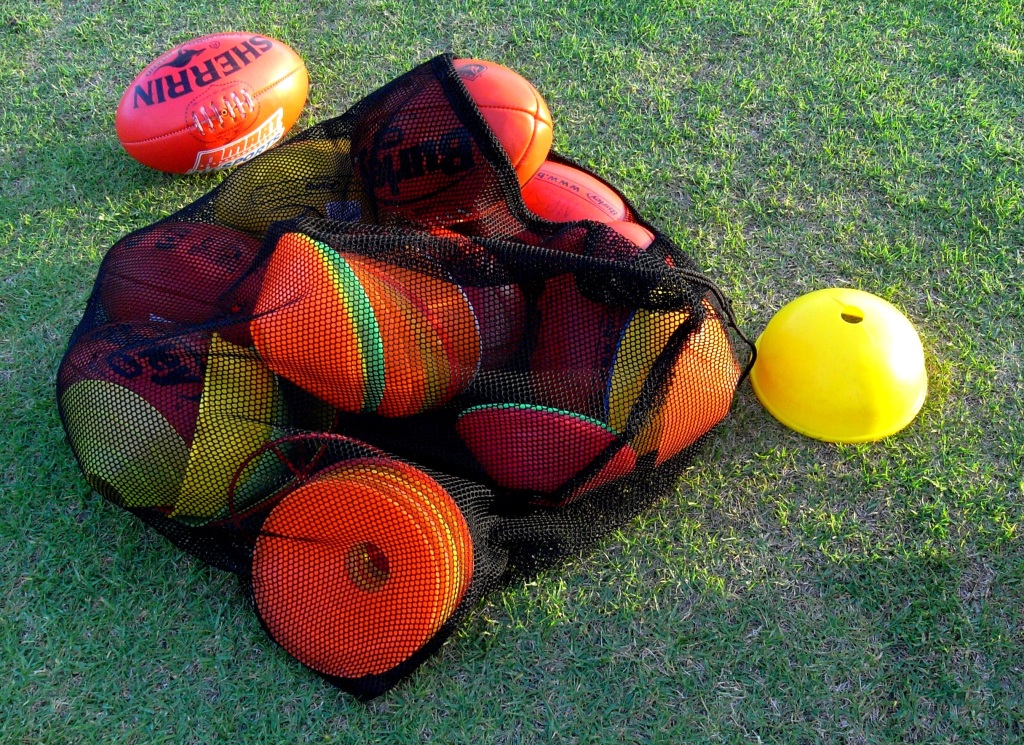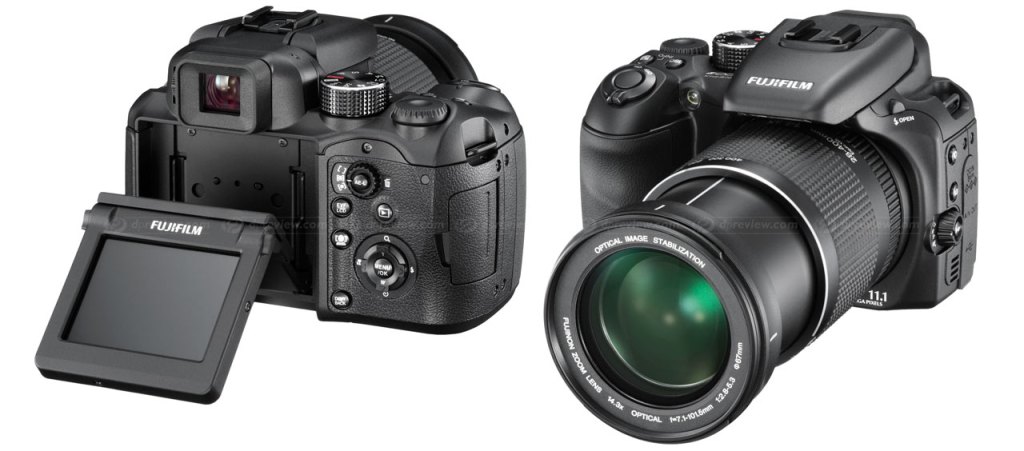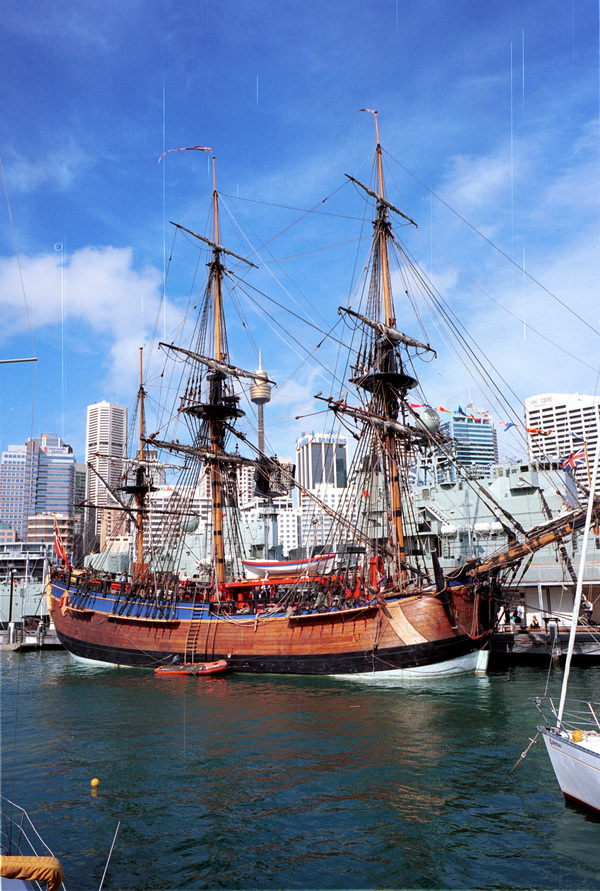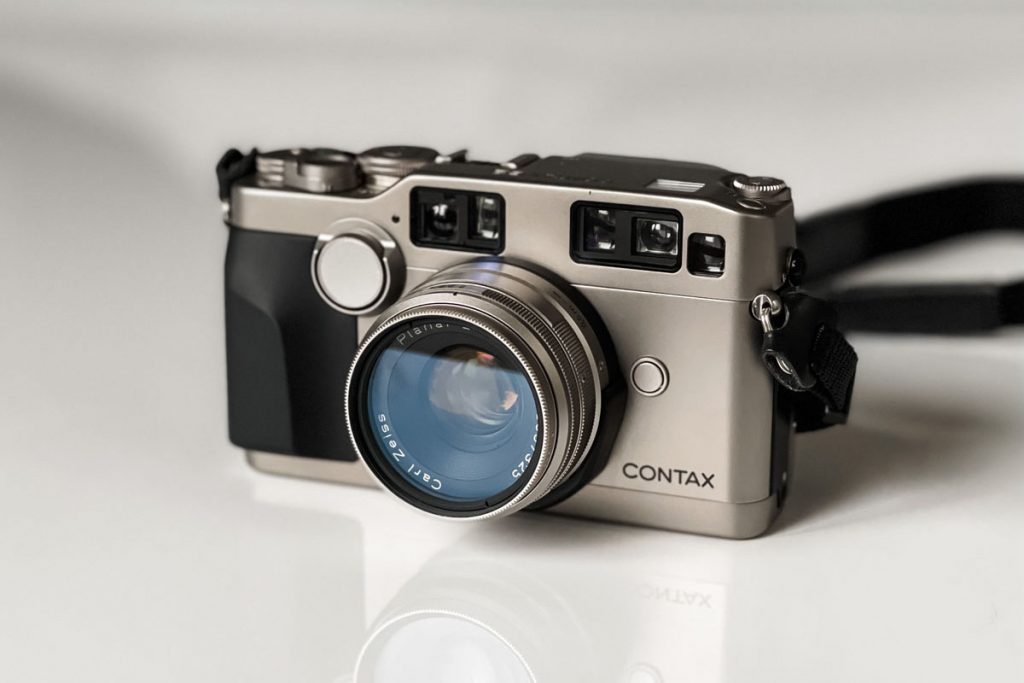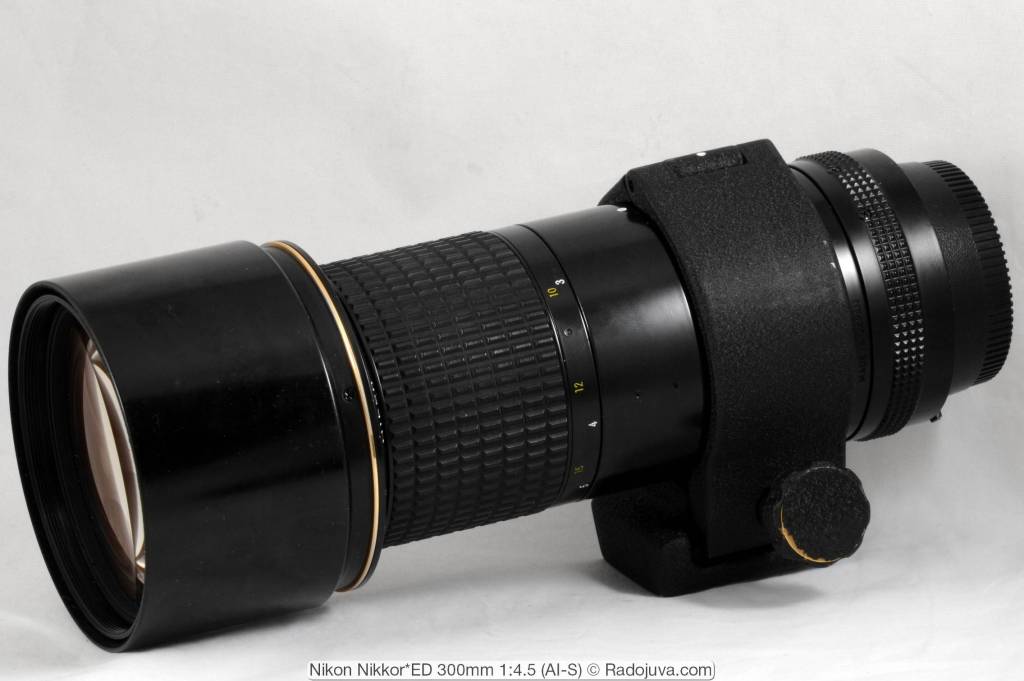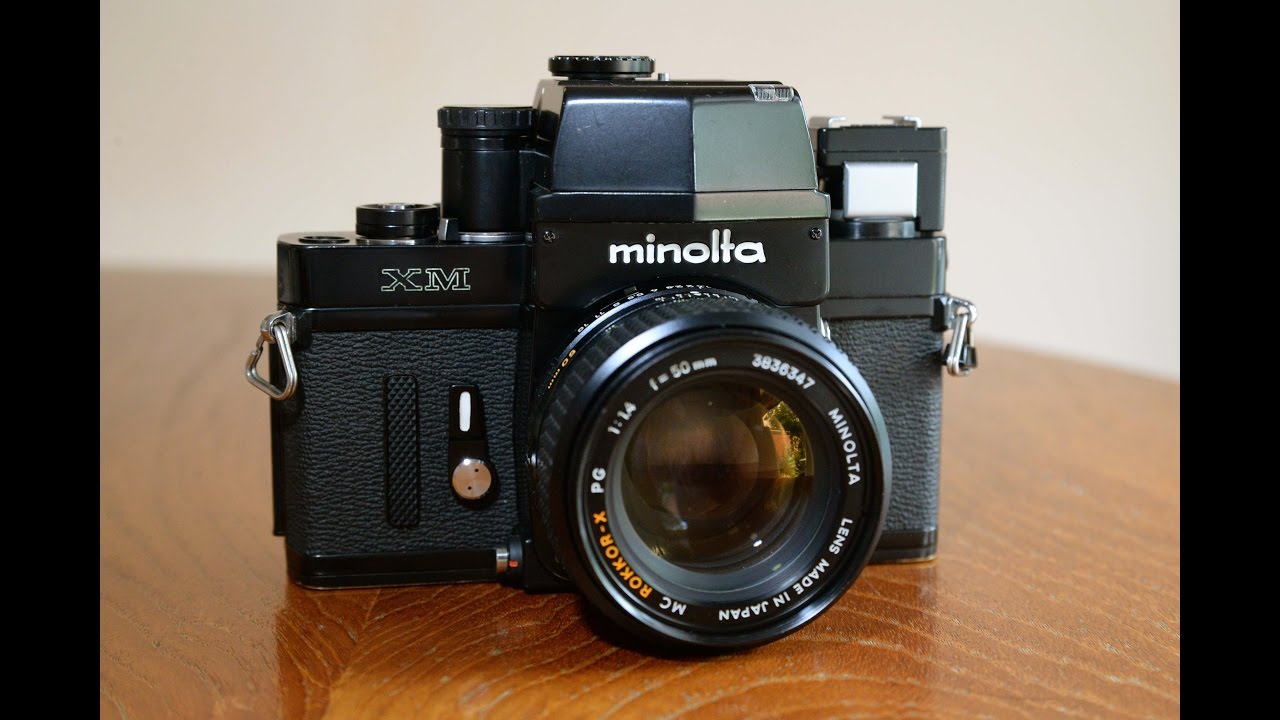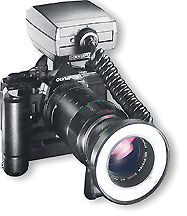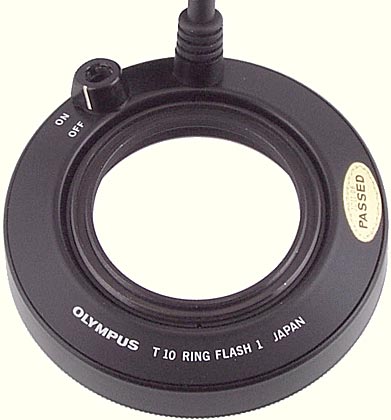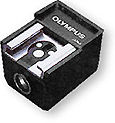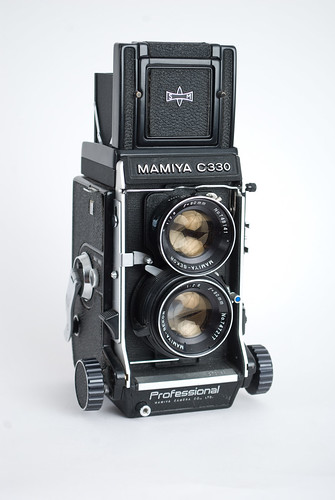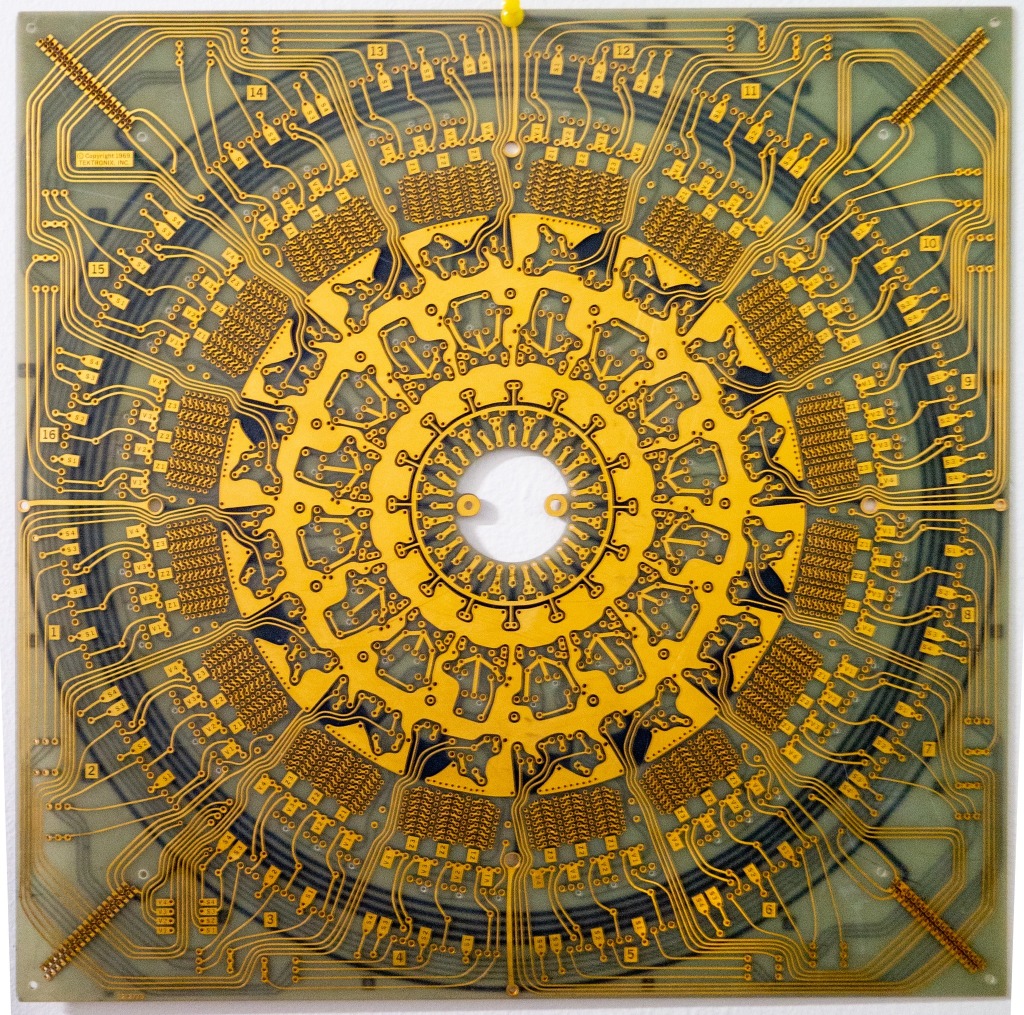
Phew, is this ever going to end? Well, not yet, not today. Here goes again.
I’m going to jump back a few years to 2008, when I decided to make the trip of a lifetime to Paris and the UK. It was sparked by a meeting with an old school friend from Northam, now living in Scotland and visiting Perth. She spoke to our crowd at a reunion and said, “If anyone’s coming to Scotland, please visit and stay with me.” I didn’t think it would be possible at the time (2005), but as I thought about it, I thought, “Yeah, let’s do it.” So I set about planning the trip.
Of course, the planning of what camera gear to take is part of the pleasure for me. I love it! I need full capability, especially very wide angle to cope with taking photos in cathedrals and confined spaces. But also long telephoto for landscapes and the possibility of wildlife.
I already had the Canon 40D shown above and elected to take only the Sigma 10 – 20mm for its wide angle capability. The Canon crop factor is 1.6x, therefore the focal length range for this lens is 16 – 32mm, not as good as 10-20 but pretty good all the same.
I figured if I needed anything different, I could buy it in London, probably second hand. But I didn’t buy anything until near the end of the trip. Which see.
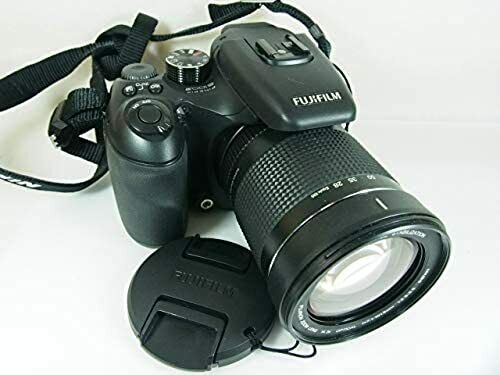
So my travelling kit was the 40D, the Fuji s100fs, the Sigma 10-20mm for the Canon and that was it. Quite a small complement for my way of working. Oh, plus a Canon HD video camcorder. That’s a separate story.

I made the decision that I had to shoot video, for this trip of a lifetime. Stills cameras didn’t shoot video then (they do now), so I wanted to buy a proper video camera. I chose a Canon model (I can’t remember the model number now), and the best price was at a Brisbane, actually Gold Coast, seller.
I’d wanted to visit my Brisbane relatives for some years, so I thought, here’s the opportunity to go to Brisbane, collect the video camera (I’d paid on-line), and visit my relatives at the same time.
It was a great trip. I rented a sporty version of the Toyota Camry and drove from the airport, down to the Gold Coast to a little warehouse type of shop, up a staircase, then driving through all the mountain roads to my relatives’ place near Beenleigh. It’s a beautiful part of the world up there.
Then it was back to Perth for a day or two, then off to Singapore, first, for a couple of days. Then off on Sri Lankan Airways to Paris, via Colombo and Abu Dabhi. Why Sri Lankan? They flew to Paris, they had stops to stretch your legs, and the price and timing were right. It was a good flight. A 747 too.
I stopped in Paris for five days and I got sunburnt in northern hemisphere September. Paris is very photogenic.

Then I had a ticket on the Eurostar, to London via the Chunnel. I was excited about that. So I bowled up to the station att 8am on the day, only to find that all Chunnel trains were cancelled due to a fire in the tunnel. Bugger!!
So they laid on a bus for us and it was a full day’s trip via the car ferry to Dover, then train to London. A full day’s trip, wasted.
Anyway, I found my camera complement to be pretty good. It was heavy and my bag was pretty big, but I’m a sucker for punishment.
I went to stay with a school friend in Scotland, who lived right near the Isle of Skye and the Eileen Donan Castle. Couldn’t have been better.



To summarise, I shot more than 1,000 still images and about 1,000 video clips in 1080 30p resolution. I was a bit paranoid about losing all this material, so every evening I would take the SD cards, three of them, copy them to my laptop, then burn them to CDs. After carefully labelling them, I posted them next day to my sister in Perth for safe keeping. I’d email her to say they were coming. I’ve still got all this material on a hard drive, but it’s failed! I’ve still got the discs somewhere, so I’m not bovvered, but one-o’these days I’ve got to either fix that drive myself, or pay to get it fixed.
I think I’d better close this chapter before it gets too long. More coming.


